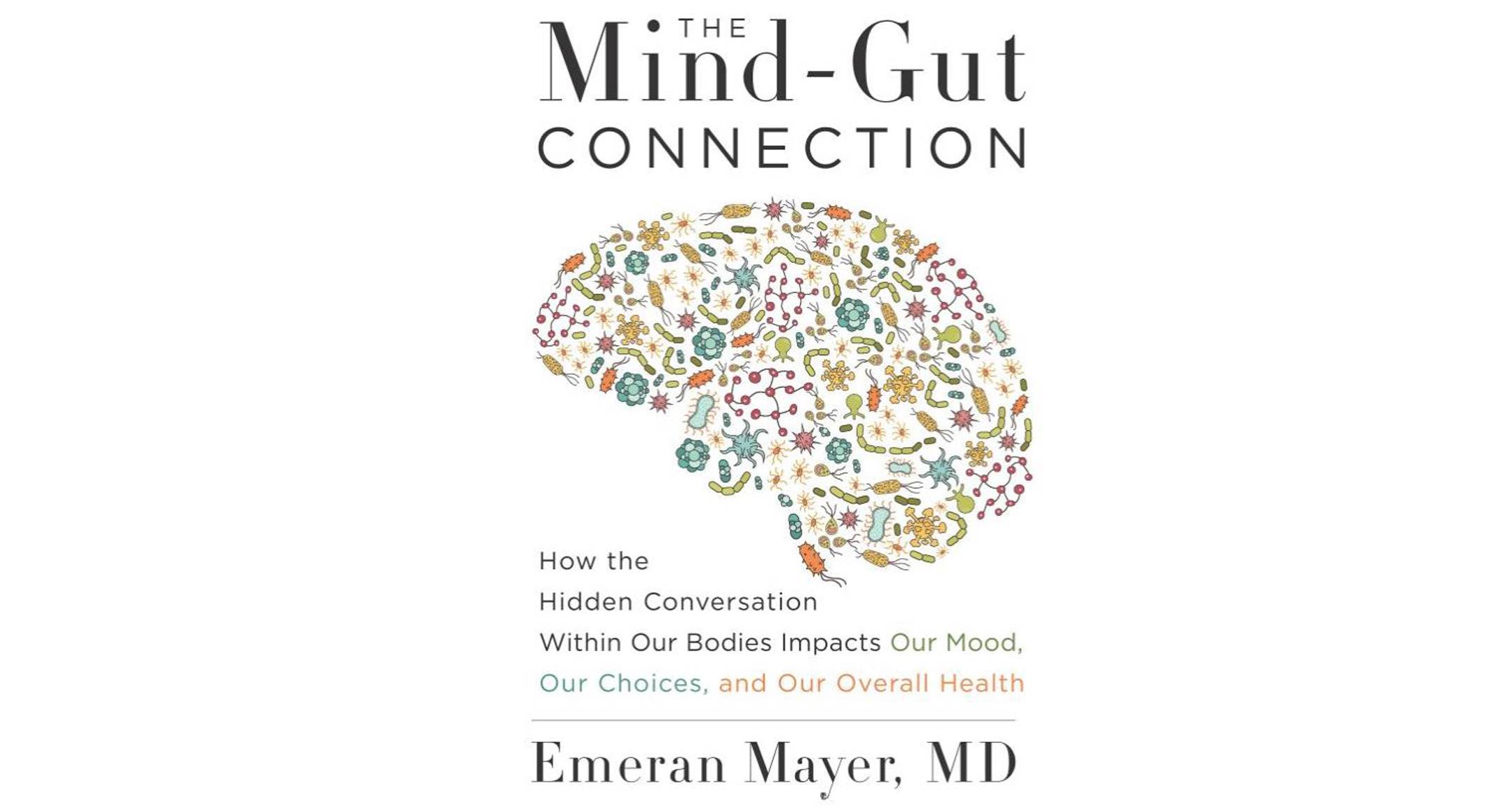Digestion and emotion have long been treated separately in medicine and science, like dots far apart on a map. Despite the phrase “gut feeling” that implicitly connects the belly and the brain, the reality is that gut physiology, microbes, and the mind have all been studied independently. It’s why, when you walk into a doctor’s office complaining of both constipation and a low mood, you might have two different conversations and get two different prescriptions.
In his new book, The Mind-Gut Connection, gastroenterologist and University of California Los Angeles (UCLA) professor of medicine Dr. Emeran Mayer starts to skillfully draw lines between these far-apart dots. Mayer uses the book to explain the different ways the gut and the brain communicate, emphasizing the nascent science on the important role played by the gut microbiota.
Mayer’s genuine curiosity about his patients is what seemed to lead him into a career of research focused on the gut-brain axis. He took seriously the patients who came into his office with bizarre-sounding stories—sudden, unexplained vomiting in the mornings; extreme anxiety about toxic waste in the colon. The book is the product of his lifelong drive to find out more.
In the first part of the book, Mayer explains in patient detail how messages travel both upward and downward (though mostly upward) between the digestive system and the brain. The messages are sent in various ways: hormones, the vagus nerve “information highway”, and certain signaling molecules of immune cells. One chapter is dedicated to “microbe-speak”—the gut microbiota’s contribution to gut-brain communication. One major way that gut microbes respond to constant incoming information about their host’s emotional state and stress level, it seems, is by adjusting their production of metabolites.
Next, the book explores how interactions between the mind and gut microbiome can inform everyday emotional experiences. Here Mayer makes much of the influence of early-life events on the gut-brain dialogue, an idea supported by fascinating research done in mice. He even speculates that research might reveal a key role for the gut microbiota in determining how long and how intense our emotions become on a daily basis.
The third part of the book is about optimizing brain-gut health. Mayer explains how diet plays a role in shaping the gut microbiota; he draws from research in cultural groups that have dramatically different diets from a typical person in North America. Dietary differences may even shape gut-brain communication: for example, chapter nine outlines the compelling evidence for the mechanisms by which high-fat diets could harm the brain. The book turns then to the need to rediscover the Mediterranean diet as well as beneficial fermented foods.
Recommendations are offered in a final chapter; some are based on evidence and others (like eating organically grown foods) seem to feature distinctly Californian concerns. But all of the exhortations resonate—for example, “enjoy meals together” is a good reminder to today’s fast-living families.
In The Mind-Gut Connection, Mayer has a good handle on the science in a realm where sticking to the facts is not an easy task. Much easier would have been to draw careless lines between the dots with a Sharpie, and then (as others do) try to sell the resulting picture.
In this first popular book to give a scientifically balanced view of how gut microbes contribute to gut-brain communication, Mayer’s main strength is his restraint. He doesn’t claim to have a miracle cure for depression or panic attacks. But he does report that when encountering patients who suffer from these conditions, he takes the time to explain the connections between what they feel in their minds and what they experience in their bodies. And it seems to give them a pocketful of validation, of hope. Things small, but not trivial.
Reference:
Mayer E. The Mind-gut connection: How the hidden conversation within our bodies impacts our mood, our choices, and our overall health. New York, NY: Harper Wave; 2016.


